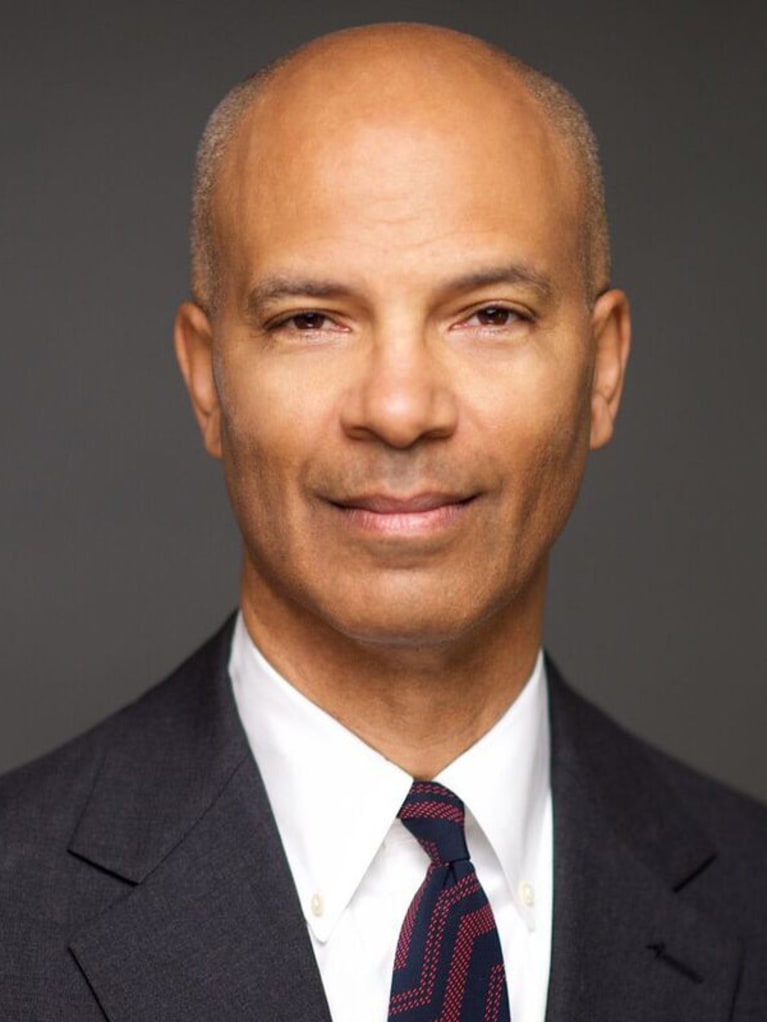Employers have promised to improve diversity, equity and inclusion (DE&I) at their organizations since nationwide protests against racial injustice began in June.
One of the first steps companies can take to meet those commitments is reviewing how their recruiting and hiring is done—from how job advertisements are written to which candidate sources are mined for talent and which recruitment partners are chosen.

 Larry Griffin and Tory Clarke, co-founders of Bridge Partners, a national search firm based in New York City that focuses solely on diverse leadership hires, believe that in order to increase diversity at the leadership level, the talent acquisition function itself—and any partners they use—should reflect the talent sought.
Larry Griffin and Tory Clarke, co-founders of Bridge Partners, a national search firm based in New York City that focuses solely on diverse leadership hires, believe that in order to increase diversity at the leadership level, the talent acquisition function itself—and any partners they use—should reflect the talent sought.
Griffin and Clarke spoke with SHRM Online about the increased interest in DE&I, where companies go wrong in diversity hiring and how "changing up the gatekeepers" is one solution to successfully diversifying an organization.
SHRM Online: Are you experiencing heightened interest in filling diversity leadership roles?
Clarke: Yes, resoundingly, in both a need to diversify leadership teams, and in looking for chief diversity officers. Following the Black Lives Matter protests and very public statements from companies that they are going to step up and address racial inequities, organizations have been seeking DE&I leaders to help them. Many are in the exploratory stage of trying to figure out how to achieve their goals. Some organizations are creating the leadership role for the first time, while others had someone in that role but sitting at a lower level. Those organizations have decided to elevate the position to a leadership level and are looking to fill it. We're also seeing more diverse leadership searches more broadly, as many companies made big statements about increasing the number of senior Black leaders by a certain date.
SHRM Online: What has typically been lacking in how companies select their DE&I leadership?
Griffin: Companies are usually challenged in trying to find the right person for that role because they are not 100 percent sure what the role is supposed to be. Bringing on a chief diversity officer is often a knee-jerk reaction to external factors. Many times, business leaders just say, "Get me a D&I professional." Organizations will fall back on appointing the senior-most person of color or woman within their organization to lead the DE&I function, an approach that has met with mixed results, at best. While these individuals often have significant institutional knowledge that can sometimes be a benefit, they may lack the in-depth practical knowledge of the myriad tactics and opportunities needed to successfully drive a DE&I function through an organization.
They may not have the support within the organization and may not understand what needs to be done regarding DE&I.
Clarke: In this environment, where the issue is under such scrutiny, bringing someone in who can overcome the function's hurdles is critical. This is not the time for somebody to learn on the job. Sometimes very talented people with the best of intentions are moved from HR or communications into these roles, but they are not set up to be successful. Organizations must think through what their end goal is and then recruit a leader who can address that strategic challenge.

Together, we can create racial equity.
It’s time for equality for all, across every area of society. That’s why SHRM has introduced Together Forward @Work, a call to action to bring racial equity to the workplace—the place we know best and have served the longest. And a place where we, our members, and our business community can bring our unique professional talents to stand together against all forms of social injustice.
SHRM Online: Is DE&I impeded by the lack of diversity among talent acquisition teams and the search firms they use?
Clarke: Yes. And it's become more apparent. There has been a lot of research that shows that people recruit in their own likeness. They recruit from their own networks, which are typically homogenous. If your talent acquisition team, search firm or interview panels are not diverse, then they are likely ruling out diverse candidates through a natural unconscious bias.
Research by Stefanie Johnson, a professor at the University of Colorado at Boulder, has shown that when half a candidate pool is non-white or female, the hiring committee has a 50-50 chance of choosing one of those applicants. When only one person in the finalist pool is non-white or female, that person is never chosen.
How do you get that diverse candidate pool in the first place? The way to do that is through proactive outreach into different markets. Seek out a variety of search firms and talk with them about their own diversity. Ask if every slate of candidates they present is well-represented with diverse candidates. Companies need to make internal changes as well. Diversify where you advertise your roles. Diversify interview panels, from the first round onward. Make sure your hiring managers are fully invested in DE&I, and that it's seen as a strategic advantage and cultural imperative and not just something that HR is pushing on them.
Griffin: We tell companies that hiring diverse leadership begins by changing up the gatekeepers. A closed system typically exists between HR executives and their choice of recruiting firm, which persistently leads to nondiverse leadership teams. They will continue to go to the same source to hire and use the same search partners to hire, which just perpetuates hiring the same. Working with diverse gatekeepers and incorporating their wider, more diverse networks will give organizations a higher degree of success in finding the right talent for the role.
Was this resource helpful?




